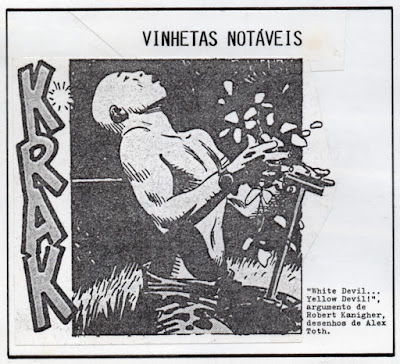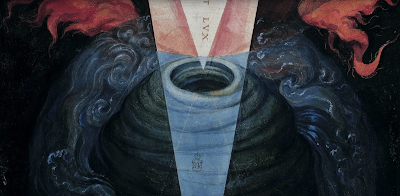Bart Beaty and Benjamin Woo, The Greatest Comic Book of All Time, Palgrave, 2016.
I've read just two chapters of the above book. Since this blog is about my personal comics canon (something that can't exist, of course, because a canon is a social construct, ergo it can't be created by an individual alone) and this book is about the comics canon from a sociological point of view, I have to comment on it here.
I wonder if I should wait until I read the whole book instead of writing this post as early as page 41, but, anyway, here're my very first impressions.
This book has two important limitations: it's about comic books, not comics; it's about English (but mainly American) comic books, it's not about all comics or even about comics stories (albums, graphic novels, or whatever) in other languages. That said I agree with the authors when they say that with other scope "The actors change, but the roles stay much the same" (10).
Bart Beaty's and Benjamin Woo's main thesis in these two chapters is that English Departments in Academia dominated the field of comics studies so far. This explains why Maus by Art Spiegelman is at the top of the top of the below square. They explain to us that scholars working with lit methodologies favor the graphic novel, serious themes, depth of characterization, etc...
Bart Beaty and Benjamin Woo, The Greatest Comic Book of All Time (12).
I don't disagree with any of this. Maus is a good example of cultural and economic success, no doubt. My problems with this book start with the following phrase:
While [Robert] Crumb has received little recognition in the literary world, he is arguably the most prominent American comic book artist within the art world - and art world prestige is derived in different ways than is literary prestige.
No, it's not.
Suddenly on page 35 Heritage Auctions are a source of "prestige." I don't know if this "prestige" means "cultural" or "economic" capital, but it most certainly must mean the latter because only original art sold for more than $100,000 is listed. Therefore, no cultural capital comes from Heritage. This is understandable because original art collectors invest in nostalgia and craftsmanship, not art. A Todd Mcfarlane cover sold by Heritage for $657,250 must certainly go to the quadrant on the right.
Even if
Robert Crumb has received attention from more - and more prestigious - museums and galleries than any other American cartoonist by a margin so wide as to be virtually unsurpassable (38)
he is nonetheless the world's biggest pygmy in the art world; not even a footnote of a footnote in the history of art. In the art world (and he doesn't need to be there because he's a comics artist, not a painter or a contemporary conceptual artist), if compared with the true greats, Crumb is in the lowest quadrant of the chart above.
This point is important to me because when I was more active on American forums on the Internet (The Comics Journal Messboard and The Hooded Utilitarian, Noah Berlatsky's blog) I always felt misunderstood. I remember
Eddie Campbell calling me (and others, of course), the literaries. I beg your pardon, but I have a degree in studio art. I never was even near a Lit department.
Let's take what Beaty and Woo call a "signifier[...] of quality in literature" (15), characterization. Why is that signifier of quality literature's property? And isn't "looking at [comics'] images" (40) the same as "talking about narrative" (40)? Aren't drawings in comics the narrative too? Unless we extract them from the story as I do below. in that case we aren't talking about comics anymore, are we?
Anyway, take the below comics panel by Robert Crumb:
Robert Crumb, "Ooga Booga," Zap # 4, June 1969.
It triggers every racist alarm in my head, of course, but since Beaty and Woo invited us to look at pictures, let's really look and forget racism for a moment. Would you say that this is great characterization? Why do you think that
this painting is highly praised? Do you still think that characterization is literature's monopoly?
To be candid about it I know next to nothing about today's contemporary art, but as far as I know, and correct me if I'm wrong, it is highly political in a political correctness sense. That's why Robert Crumb can't really be part of it. On the other hand I'm against essentialism. Beaty and Woo try so hard to show that different disciplines spawn different canons that they fall head and shoulders in the essentialist trap.

















































